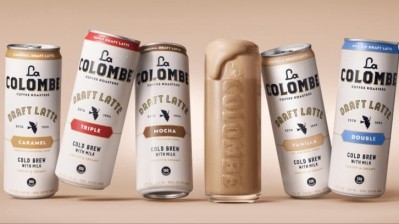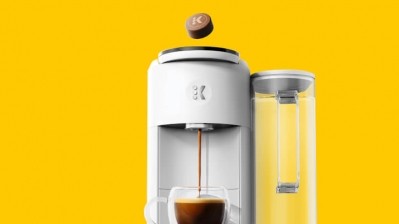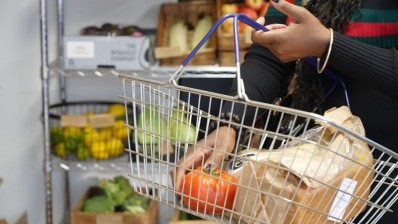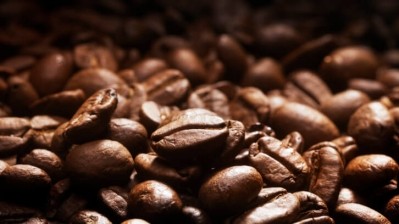Keurig Dr Pepper leans into premiumization, innovation as recession fears mount

“Everybody’s talking about a recession and forecasting the fourth quarter is going to be the time in which we see it. We will see. In my opinion, all the real disruptors over my career have been things that nobody forecasted. … Usually when something is forecasted and there is consensus around it, it never happens,” company CEO Robert Gamgort told investment analysts gathered in Boston this week for Barclays’ Global Consumer Staples Conference.
If it does happen, Gamgort said, Keurig Dr Pepper has “our normal recessionary playbook,” which is “pretty straightforward, and we’ve got the optionality in our portfolio and tactics to be able to do just fine in that environment.”
That optionality and diversity across the company’s portfolio also will protect the company against what Gamgort suggests is a more realistic threat for 2024: a slowdown in pricing that will require future growth to come from volume.
Innovation, premiumization can help justify, offset price increases
Even if costs continue to climb in an ongoing inflationary environment, companies across categories are beginning to grapple with how much higher they can raise prices before consumers push back.
Currently, Keurig Dr Pepper’s consumer base remains healthy and willing to buy beverages, according to company executives, but they acknowledged that as consumers feel financial pressure increase, the company will need to give shoppers a good reason to continue to buy their products.
Gamgort said this means increasing investment in marketing but also innovation, and counter-intuitively premiumization.
“You may ask, ‘Do you really want to talk premiumization in a potentially recessionary environment? And the answer is yes,” said Gamgort.
He explained that most people consume the same number of beverages annually – regardless of the economic environment – because they see them as everyday products or a treat they can afford and enjoy. But to keep them from trading down as their budgets tighten, companies will need to offer something above and beyond.
Gamgort said that may mean reminding consumers why the love a brand or experience through advertising, or it may mean offering a more premium product or experience.
Keurig Dr Pepper innovates to fill ‘massive gaps’ in portfolio
In terms of innovation, Gamgort said he sees significant potential for Keurig Dr Pepper to fill “massive gaps in our portfolio” around energy, sports hydration, ready-to-drink coffee and cold coffee.
In late 2022, Keurig Dr Pepper invested in a stake Nutrabolt, the maker of C4 Energy and Xtend Energy, which Gamgort said provided a “great position in energy and is doubling in size.” But, he added, the company still has less than 5% of share in the energy market – so plenty of runway for growth.
The company has an even smaller slice of the ready-to-drink coffee category at just 1%, but Gamgort said Keurig Dr Pepper is exploring partnerships to expand its footprint in this space.
For example, this summer it announced a partnership with La Colombe to distribute its ready-to-drink coffee and a long-term licensing, manufacturing and distribution agreement for branded K-cup coffee pods.
Keurig Dr Pepper is also exploring how to better tap into the rising trend around cold coffee, most of which Gamgort notes is currently consumed out of home.
“Cold coffee represents three-quarters of drinking occasions in coffee away from home. It’s really significant. And a lot of that is because it is difficult to make at home,” because it is not just cold but often has flavors and other elements – like dairy – that are difficult to recreate outside of cafes, he said.
But, he added, Keurig recently introduced brewed over ice pods that he says are earning high marks from consumers who know about them.
Likewise, the company recently launched brewers that are dedicated to cold or over ice brewed coffee, which Gamgort said “have been selling incredibly well” and will be expanding.
By expanding its play in cold coffee, Keurig Dr Pepper also is expanding into new usage occasions where it has not historically played – notably the afternoon, which is when consumers favor cold options, said Gamgort.



















